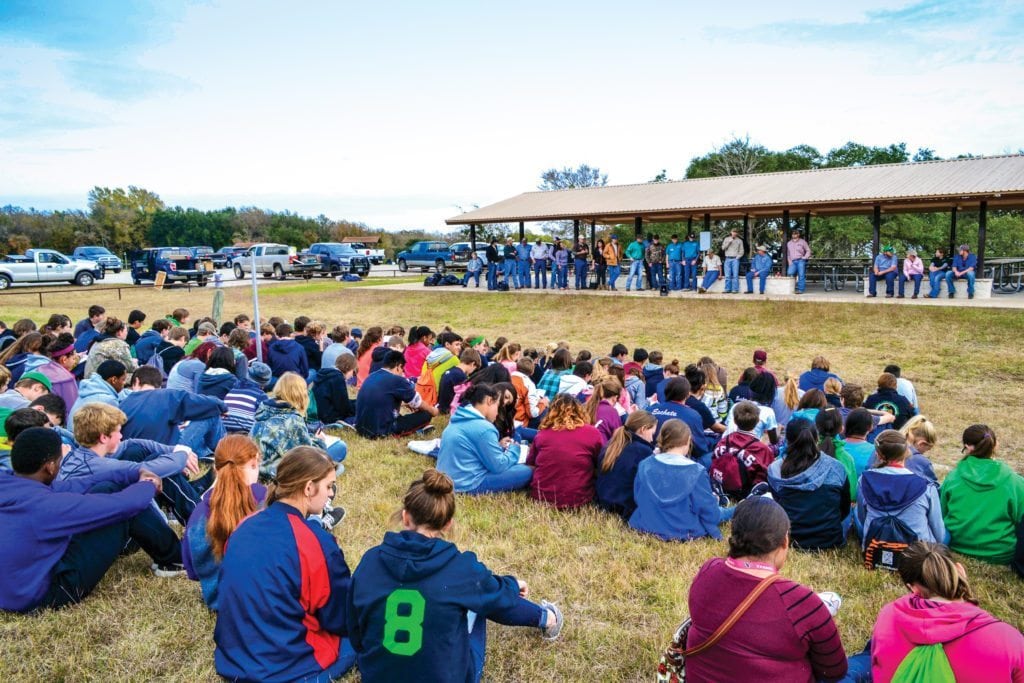Nature is complex. Life depends on an intricately interwoven tapestry of natural systems. When the tapestry is damaged, the repair requires an equally intricate, nuanced solution.
“The best solutions to natural resource challenges must look like—and function like—the resources that are being managed,” said Dr. Bill Eikenhorst, a Texas Wildlife Association (TWA) Life Member and TWA Executive Committee member. “In other words, success doesn’t come from a one-size-fits-all, silver bullet solution, but a nuanced, multifaceted approach built on cooperation and understanding.”
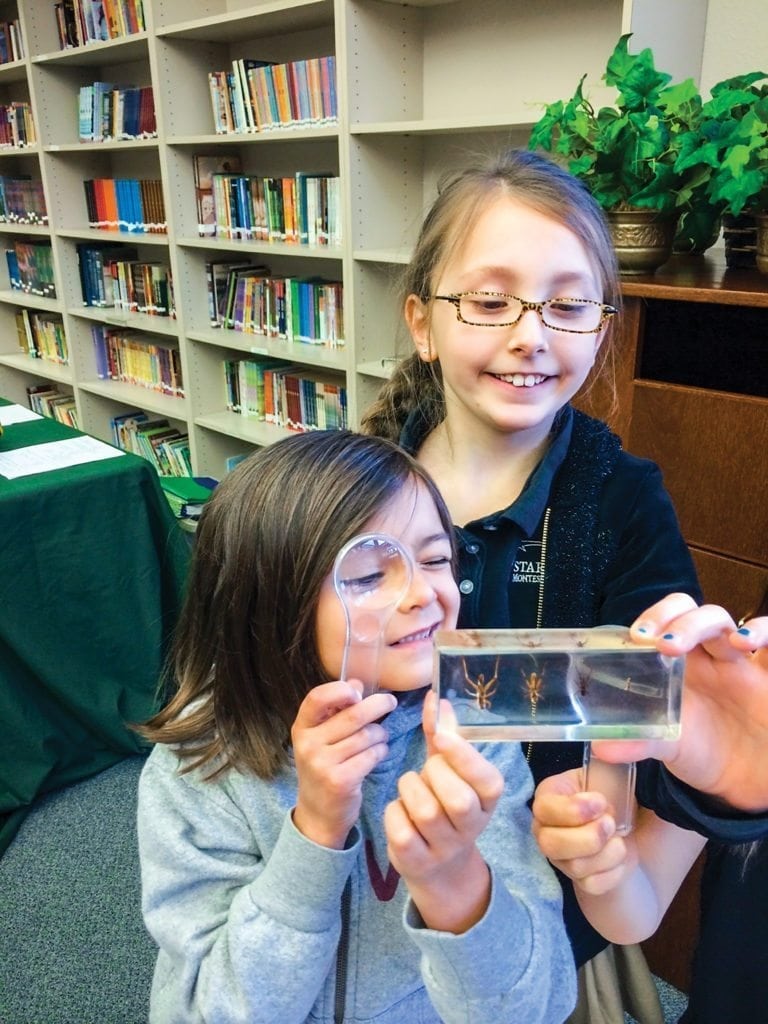 And while understanding natural resources is crucial, each succeeding generation of Texans is farther removed from the land.
And while understanding natural resources is crucial, each succeeding generation of Texans is farther removed from the land.
“On one of our field days, I had a child tell me, ‘I didn’t know you could hear the wind,’” said Leslie Wittenburg, an Education Program Specialist with TWA.
Recognizing that natural resource illiteracy was an active threat to the future of the state’s natural resources, TWA initiated Conservation Legacy, a multi-faceted education program designed to reach Texans of all ages.
“We can’t achieve natural resource literacy at the desired level with a single program approach,” Eikenhorst, who has been involved with Conservation Legacy since its inception over a decade ago, said.
Adult education efforts include a wide array of field days, symposia and webinars as well as ongoing programs such Women of the Land, Quail Masters and Wildlife Ambassadors. The cornerstones of youth education are Learning Across New Dimensions in Science (L.A.N.D.S.) and the Texas Brigades, intensive natural resource leadership camps. (See the Spring 2014 issue of Lands of Texas Magazine for more information on Texas Brigades.)
“A single program may be fantastic on its own, but it won’t achieve widespread conservation action without broad-based knowledge and support,” Eikenhorst said.
To really connect people with the land, you have to go into a community
He cited an example where a participant in a Women of the Land weekend discovered Texas Brigades. She volunteered to share her time and expertise with high school students at the leadership camps the next summer.
“To really connect people with the land, you have to go into a community—it can be a town, a county or a group of people in different geographic areas with shared interests—and develop knowledge, commitment and action on many different levels,” Eikenhorst said.
Eikenhorst, who lives in Brenham, speaks from experience. He has been involved with Conservation Legacy at the statewide level and was instrumental in establishing the L.A.N.D.S. program in the public school district in his hometown.
“Washington County isn’t better than other places, but it is different,” Eikenhorst said. “As the birthplace of Texas, our connection to the land remains deep. Early on, the name L.A.N.D.S. created more than a positive connotation here, there was an emotional connection.”
While Washington County was well-suited for a natural resource education program, circumstances at the state and local levels converged and aligned all of the necessary elements.
 Statewide Forces
Statewide Forces
While the Texas Legislature had mandated statewide testing for many years, science had been excluded. Then, in about 2005, the testing was expanded to include science. The Texas Essential Knowledge and Skills (TEKS) governing science were reworked, but the resources available to science teachers did not meet the new mandates. New science textbooks had been printed prior to the TEKS change but were not due to be updated again for another seven or eight years.
“The books didn’t match what we science teachers were supposed to teach kids and we didn’t have the resources to meet the mandates,” said Wittenburg, who was a middle school science teacher in Dripping Springs at the time.
With tight budgets and limited time, field experiences had become—and remain—notoriously difficult to provide
One of the more challenging mandates was found in TEKS 112.19 (b) (1): Scientific investigation and reasoning: The student, for at least 40% of the instructional time, conducts laboratory and field investigations [emphasis added] following safety procedures and environmentally appropriate and ethical practices.
“With tight budgets and limited time, field experiences had become—and remain—notoriously difficult to provide,” Wittenburg said.
As these changes were making their way from Austin to local districts, TWA conservation education leaders were in San Antonio wrestling with natural resource illiteracy. Their ultimate goal was “getting yellow school buses on private lands.”
“To be valuable to the schools, the program obviously had to increase academic knowledge and offer potential for improved academic performance,” Eikenhorst said. “But to meet TWA’s objectives, the program also had to advance the conservation equation by increasing students’ understanding of private lands stewardship while creating conservation action.”
The result? L.A.N.D.S. Outreach, a program designed to expose students to the natural world in a classroom setting using distance learning, webinars, Discovery Trunks and contract educators, and L.A.N.D.S. Intensive, a year-long immersive program that includes intensive teacher training and culminates with a field experience. Every activity outlined in the L.A.N.D.S. Intensive resource guide is hands-on.
Wittenburg tested the pilot program for L.A.N.D.S. Intensive in her classroom.
“The invitation went something like this: We’ve got a new hands-on science program built around quail. We’ll train you and provide all the classroom resources you need including a comprehensive lesson guide. Your students will have the opportunity to perform a necropsy on quail—we’ll bring the quail and volunteers. Then, you and your students will have a field experience on a private ranch; we’ll provide the activities, the experts and volunteers, so all you’ll have to do is get your students on the bus and bring some parent chaperones,’” Wittenburg said. “All I could say was ‘yes.’”
Wittenburg was so impressed with the program and her students’ response, she left classroom teaching just five years before being eligible for state teacher retirement benefits to be one of the three statewide managers of L.A.N.D.S. Intensive.
“L.A.N.D.S. instills passion in the students, the teachers and the volunteers,” Wittenburg said.
 Local Forces
Local Forces
At the same time Brenham ISD, working with community members, was engaged in long-term planning. The group concluded it would be useful to have “subject specialists,” who were responsible for enhancing individual subject areas.
Nancy Oertli, who was a middle school science teacher then, got the nod. Her new job description? “Fix science.” Her response? Outdoor education.
“When I was a child, outdoor education totally changed my academic experience,” she said. “It was where I naturally turned. Our goal was to better prepare our younger students for high school science by giving them a bank of experiences to draw on.”
Some unique pieces fell into place. First, the school district built a new elementary school. A portion of the 25-acre site was in a flood plain making it unsuitable for school buildings, but ideal for an Outdoor Education Center that was targeted to the youngest learners, Pre-K through fourth grade. Volunteers from the community helped initiate it, and provide the expertise to staff it.
Second, the district applied for and received a grant from the Texas Parks & Wildlife Department that allowed the development of a water issues program for fifth and sixth graders. Nearby Lake Somerville is the sole source of Brenham’s drinking water and the curriculum helps students see the connection between the land, water and their actions. They travel to the state park to conduct field tests and get up close and personal with nature.
Then, Oertli got introduced to L.A.N.D.S.
L.A.N.D.S. Intensive proved to be missing piece for seventh and eighth graders. The district adopted the existing quail program for seventh graders. Then, under the leadership of eighth grade science teacher Allison Bentke, developed a program built around white-tailed deer for eighth graders. Every step of the way, they enlisted the support and expertise of people in the local community including partners at the Texas Parks & Wildlife Department, the Natural Resources Conservation Service, Texas AgriLife Extension and local Master Naturalists.
“For us, outdoor education including L.A.N.D.S is a way to tie natural
The Scoop on L.A.N.D.S. Outreach
L.A.N.D.S. Outreach is a multi-pronged program designed to bring natural resources education into the classroom. Last year, the program reached 212,000 students across Texas with its TEKS-aligned materials.
“L.A.N.D.S. Outreach doesn’t take students outside, but it was created to pique their interest in the outdoors through hands-on, interactive learning,” said Kassi Scheffer, Education Program Specialist. “We want them to know that everyone has a stake and role in conserving our natural resources.”
The program delivers information to students using four different avenues: Discovery Trunks, Wildlife by Design, Distance Learning, and Teacher Workshops. The programs are TEKS aligned, free and suitable for students K-8, depending on content. They encompass a single lesson or a short series of lessons.
“We know teachers’ time is at a premium, so we concentrate on making our materials comprehensive, easy-to-use and substantial,” Scheffer said. “We understand the experience has to be valuable for the teachers and the students.”
- Discovery Trunks are treasure chests of natural resource information filled with hands-on teaching aids that are not readily available to educators. For instance, the “Exploring Adaptations” trunk includes skulls and pelts, so students can see first-hand the differences between Texas’ native species.There are seven different topics. Each comes with extensive lesson plans that are classroom proven, and make the process easy for teachers, whether they are natural resource experts or newbies.The trunks are available across Texas and can be reserved for two weeks by anyone educating students including classroom teachers, homeschool parents, and volunteers such Boy Scout or 4-H leaders.
- Distance Learning uses technology to bridge the gap between students and the natural world—and between TWA educators and the rest of the state. Teachers have access to Video Conferencing and Webinars.
Schools with video conferencing capability can register for one of TWA’s regularly scheduled live video feeds. Topics include: ASI: Animal Skull Investigation; BATS: LIVE on the BIG Screen; Let’s Talk Turkey; More Than a Drop; The Magic of Monarchs; and more.
Most of the video conferences involve live animals, which allows the students to get up close and personal.“During the bat program, the camera zooms in on the face of a bat,” Scheffer said. “It’s fed a meal worm and the kids can hear the crunch as the bat eats it.”On-demand webinars, featuring TWA’s most popular topics, provide maximum scheduling flexibility because they’re available 24/7 on the TWA website (texas-wildlife.org). Teachers are asked to register. Then they can access the video lessons, which are 20 minutes – 30 minutes long, and the accompanying lesson worksheets.
Wildlife by Design classroom presentations are available regionally in the Houston, Dallas-Fort Worth and Lower Rio Grande Valley areas. These presentations delivered by TWA educators are hands-on, TEKS aligned and unit specific. Teachers can choose from four pre-designed lessons or can work with TWA educators to develop custom content. Each lesson is designed to be delivered within 30 minutes – 60 minutes, a classroom period, and is suited for up to 45 students at a time.
- Teacher Workshops are available in the Houston, Dallas-Fort Worth, and Lower Rio Grande Valley areas. The six-hour workshops fulfill Continuing Education requirements. During the workshop, TWA’s educator’s lead K-8 teachers of all subjects through 10 activities, and teachers leave the workshop with a digital copy of over 25 natural resource lessons.
 The Scoop on L.A.N.D.S. Intensive
The Scoop on L.A.N.D.S. Intensive
L.A.N.D.S. Intensive is an immersive experience designed to take place over the course of a school year and involve an entire grade level. The free, TEKS-aligned program is suitable for students in grades 6-12. It includes a quail necropsy and a field experience. In 2014, it reached 10,635 students across Texas.
“The goal of L.A.N.D.S is two-fold,” Leslie Wittenburg, Education Program Specialist for TWA, said. “First, we want engage and educate students, our future decision makers, about natural resources. Second, we want to provide teachers unique, impactful educational resources that helps them prepare their students for state-mandated testing.”
Participating teachers attend a 2 ½ day teacher training that not only introduces them to the information, but provides them an opportunity to experience the same type field day their students will experience.
“Our training allows teachers to experience the program first-hand,” Wittenburg said. “We also teach them how to adapt our education materials to their schools.”
Because L.A.N.D.S. Intensive is a valuable, hands-on experience, the students respond—and so do the teachers.
“This program has reignited the passion for teaching in more than one educator,” Wittenburg said. “L.A.N.D.S. Intensive is the type of education experience that drew teachers to the classroom in the first place—you get to see the kids eyes light up with understanding and they begin to push for more information. They’re engaged on a level that makes the passion for learning contagious.”
For more information about L.A.N.D.S. Intensive or L.A.N.D.S. Outreach including Wildlife by Design, Discovery Trunks, Distance Learning or teacher training, visit www.texas-wildlife.org or call (800) 839-9453.
This article was originally published in the Winter 2015 Issue of Lands of Texas Magazine, a Lands of America print publication. Subscribe here today!
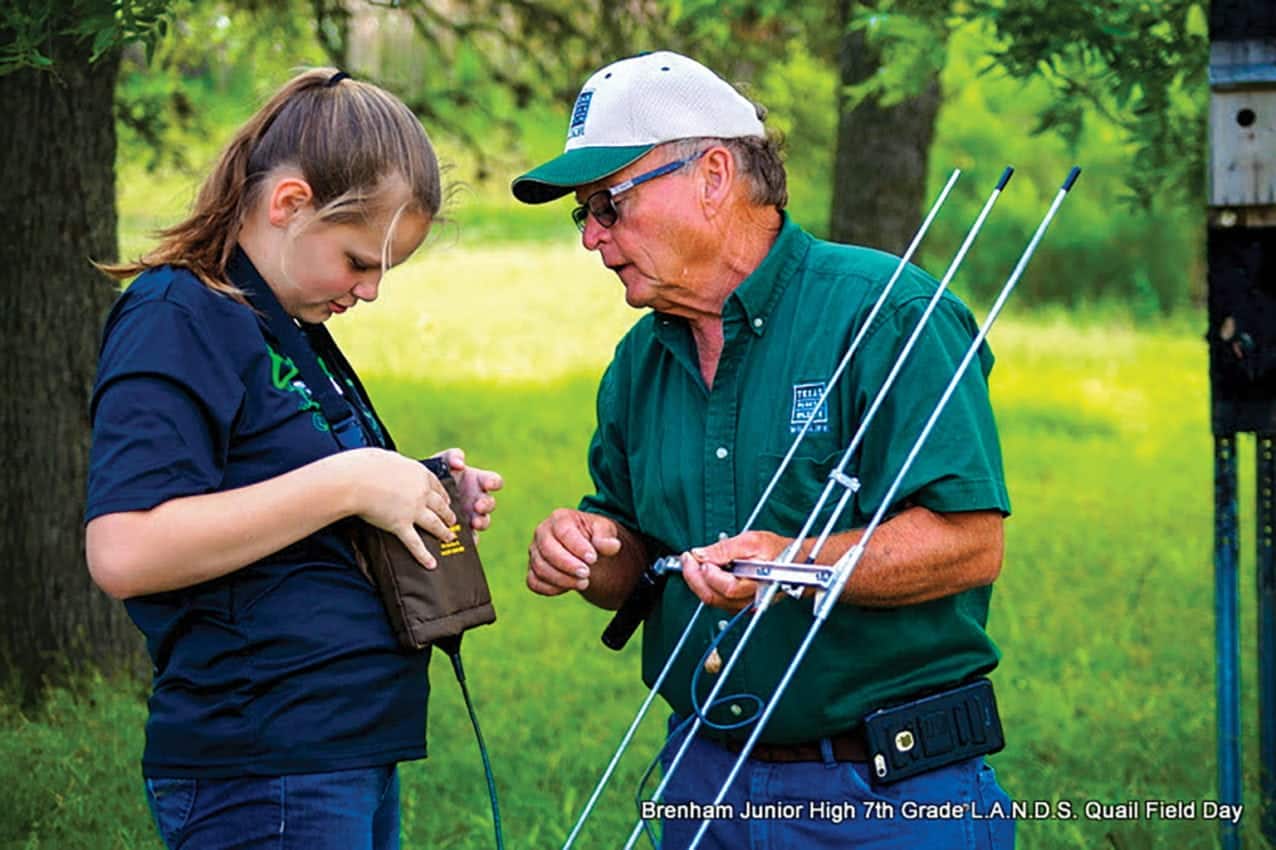
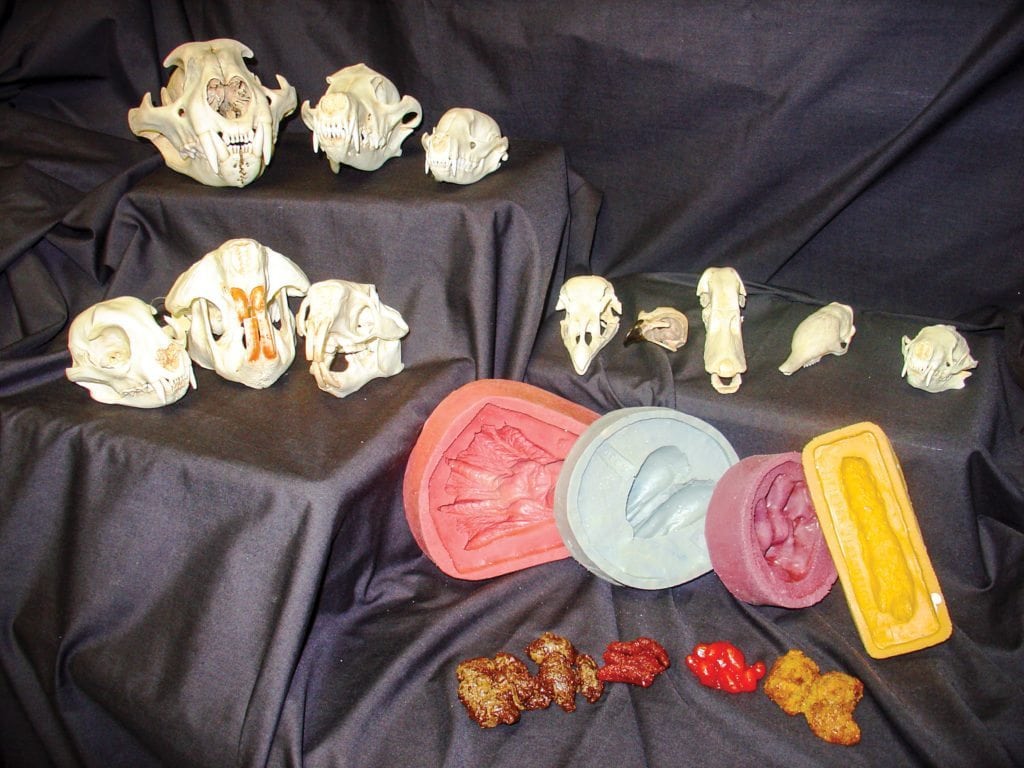 Statewide Forces
Statewide Forces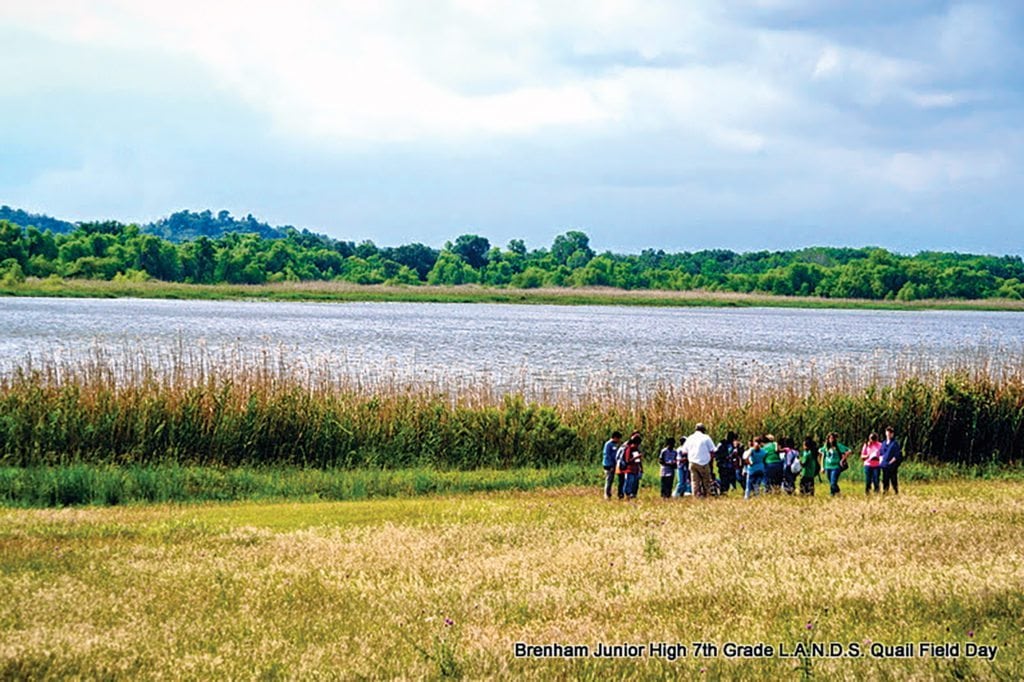 Local Forces
Local Forces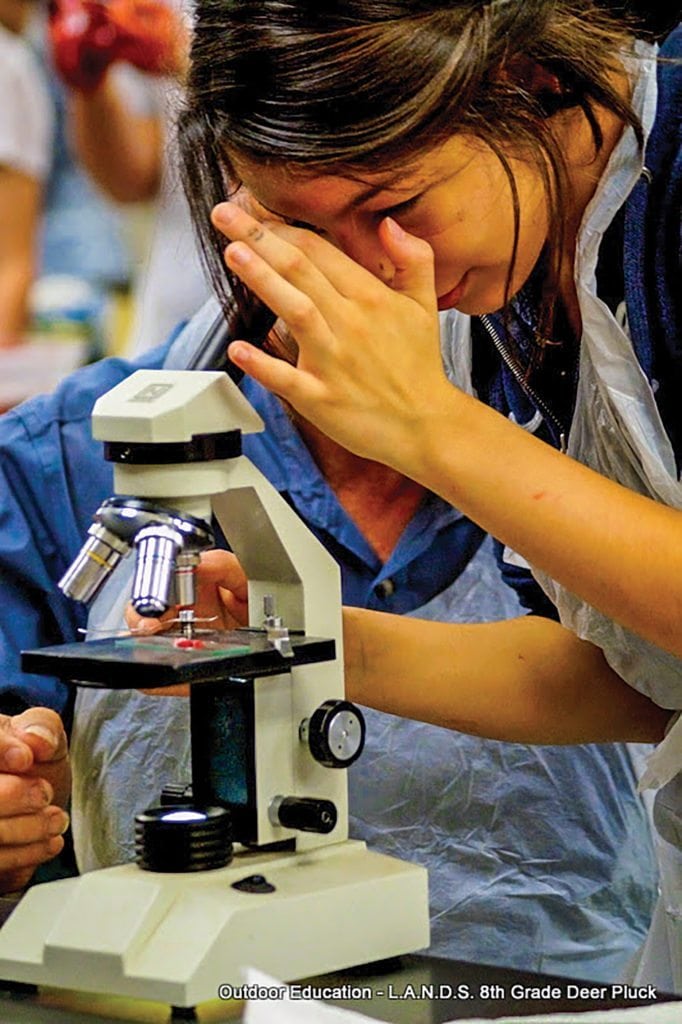
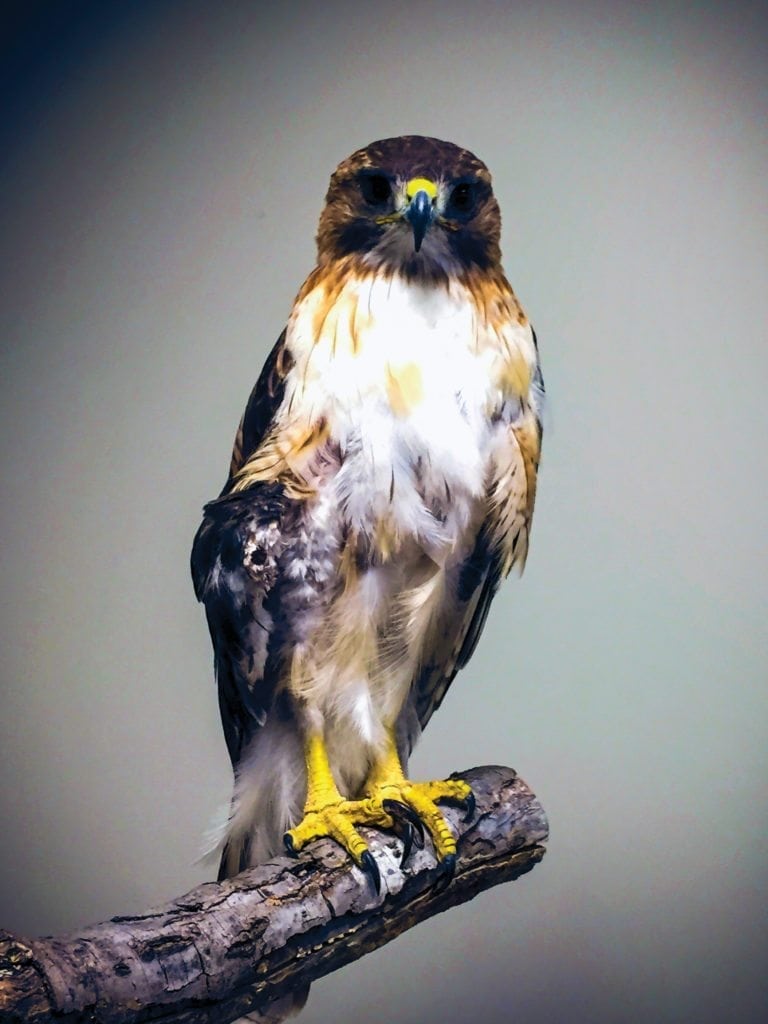 The Scoop on L.A.N.D.S. Intensive
The Scoop on L.A.N.D.S. Intensive